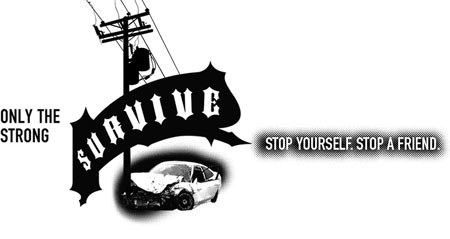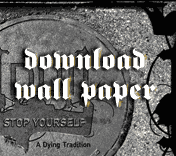
Resources
Inhalants
Inhalants are breathable chemical vapors that create mind-altering effects. Many products common in the home and at work contain substances that can be inhaled. Many teens do not think of these products — such as spray paints, cleaning fluids, and gas — as drugs. They think inhalants are a safe and cheap way to get a buzz.
The truth is, inhalants are dangerous, and sometimes the effects are irreversible. These products are not meant to be used to get high. In fact, they are dangerous toxic chemicals that can cause permanent and severe damage to your brain and major organs and lead to sudden death. Yet teens can easily obtain them and are the people most likely to abuse these poisonous substances.
Categories of Inhalants
Volatile solvents
- Industrial or household solvents or solvent-containing products, including paint thinners or removers, degreasers, dry-cleaning fluids, gasoline, and glue
- Art or office supply solvents, including correction fluids, felt-tip-marker fluid, and electronic contact cleaners
Aerosols
- Household aerosol propellants and associated solvents and some foods, such as spray paints, hair sprays, deodorant sprays, fabric protector sprays, aerosol computer-cleaning products, vegetable oil sprays, and canned whipping cream
Gases
- Gases used in household or commercial products, including computer cleaners, butane lighters, propane tanks, and refrigerant gases
- Medical anesthetic gases, such as ether, chloroform, halothane, and nitrous oxide (�laughing gas�)
Nitrites
- Cyclohexyl, butyl, and amyl nitrites, commonly known as �poppers.� Amyl nitrite is still used in certain diagnostic medical procedures. Volatile nitrites are often included in video head cleaner, room deodorizer, leather cleaner, and liquid aroma.
Nicknames associated with inhalants: huffing, shooting the breeze, thrusting, glading, air blast, buss bomb, ames, bolt bagging, and poor man's pot.


